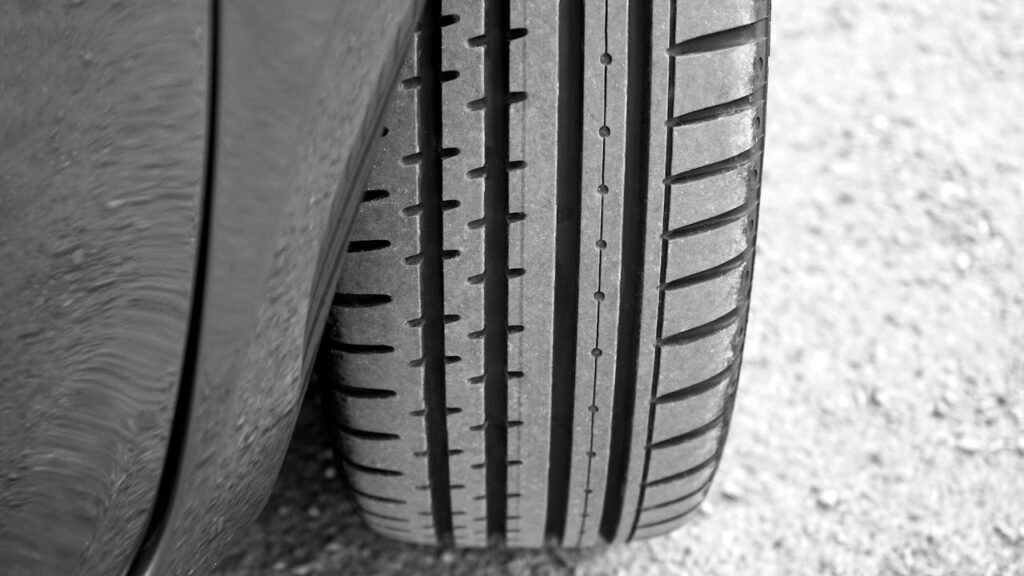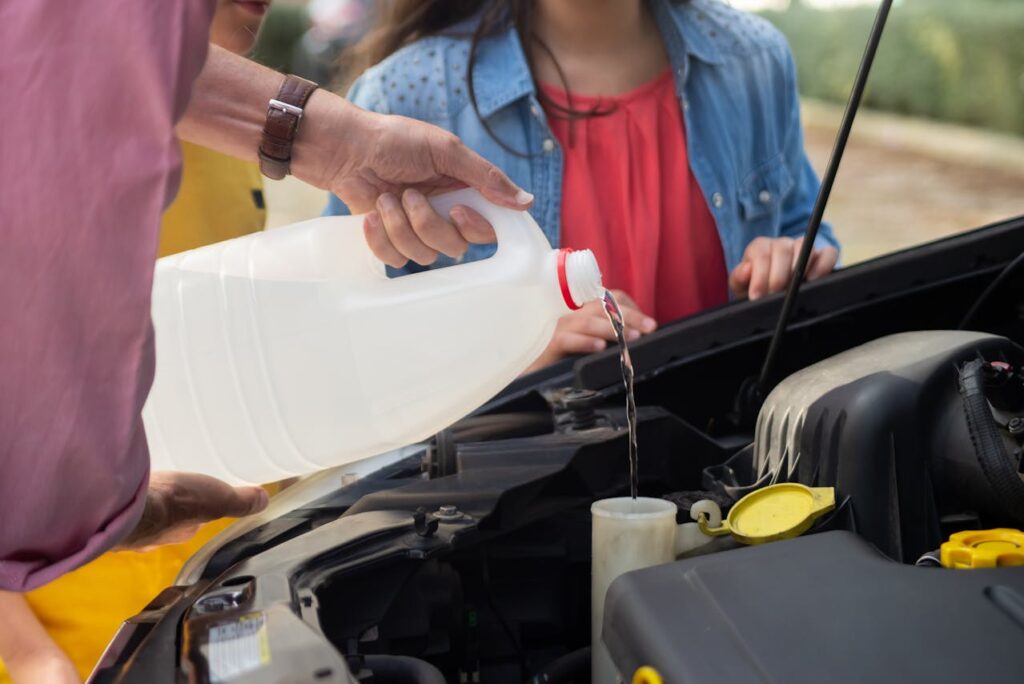As you probably already know, there’s a quite difference between not using your car for a couple of days and not using it for more than six months. And if you’re thinking about storing your car for a longer period, you’ll have to prepare it carefully and thoroughly! Only by doing this, you can be sure that your precious car will survive being inside the storage unit for a longer period. Since this is such an important matter, we’ve decided to help you. Verified Movers will show you how to prep your car for long-term storage. Read it carefully and you’ll learn the basics of storing like a pro!
The Importance of Preparing Your Car for Long-Term Storage
Whether you want to store a couple of moving boxes or some of your most precious belongings, it’s necessary to prepare them properly for storing time. This is something that has to be done even after finding a reliable moving company that offers storage units of the finest quality. Remember, quality storage units will keep your items safe. However, if you don’t store the right way, even the highest quality facility won’t be able to protect the items you’ve stored. Therefore, preparation is a crucial process of storing! The same goes for storing something as big and valuable as your car.

Problems You Could Encounter If You Don’t Prep Your Car for Long-Term Storage
Unfortunately, there are some problems you could encounter if you don’t prepare your motorcycle for storage (or your car) the right way. And, being informed about these potential problems and how to avoid them is crucial! Only some of these problems include:
- Dead battery
- Damaged engine
- Damaged paint
- Ruined tires and flat spots
- A rat’s nest under the hood
As you can see, this is definitely something you don’t want to deal with. But, fear not! We will help you preserve the life of your car’s engine and ensure that it will start when you return to it. With the help of our tips, your precious car will survive being stored for a longer period of time! Therefore, if you decide to move to Texas, for example, after you choose one of the best places to live in Texas, your car will be ready for this adventure!

How to Prep Your Car for Long-Term Storage?
So, let’s finally teach you how to prep your car for long term storage! You’ll see that’s there’s nothing hard about this preparation. In case you’re shipping your car, also prepare your car for shipping. Therefore, make sure to follow each of the steps that you can read below. Here are the things you’ll need to take care of before storing your car!
Clean the car thoroughly
It might seem counterintuitive to clean something that’ll be stored away for more than six months, but this step shouldn’t be overlooked. Storing a car that’s dirty or covered in water stains for a longer period of time can damage the paint! You’ll need to get rid of grease, tar, and mud. And don’t forget to clean the interior of your car. This will keep the critters out!

Change the oil
People who want to store their car for a week or two can skip this step. However, if you’ll be storing your car for more than a month (and you will), it’s necessary to change the oil. Every auto mechanic can tell you that used engine oil has various contaminants that could damage the engine of your car. Therefore, change the oil in your car before storing it, but let the pros take care of this step.
Fill the tank
This is another important car storage tip. Since you want to prep your car for long-term storage, you’ll need to fill the tank with gas. Again, this is something that needs to be done when storing a vehicle for more than one month. By doing this, you’ll prevent moisture from accumulating inside the fuel tank of your car and the seals won’t dry out.

Keep it charged
As you probably already know, an unattended battery will eventually lose its charge. This is why you should find the time to stop by your car and start it every two weeks and drive it periodically. By doing this you’ll maintain the battery’s charge and keep all of the car’s components adequately lubricated. However, we understand that some of you can’t afford to visit your storage unit so often. In case you’re one of them, there’s an easy solution to this problem. You can disconnect the negative battery cable but this could lead to losing the stereo presets, time and other settings. It’s not an ideal solution but it’ll work. If you’re moving to Idaho, your car will be safely stored and you’ll be able to drive to one of the safest cities in Idaho, which might be your new home, whenever you want.
Prevent flat-spotting
It’s important to know that if you store the vehicle for too long, the tires could develop flat spots. Flat-spotting occurs at a faster rate in colder temperatures, so if you’re storing during the winter, don’t forget to check your tires regularly. You can prevent this from happening by taking the wheels off and placing the car on jack stands. In case you haven’t done this and the flat spots have shown up, you should take your car for a drive. In most cases, that one drive will bring the tires up to their normal operating temperature. And, it will help you get rid of flat spots. However, in more severe cases, these spots can become a permanent part of your tire. So, if this happens, you’ll have to replace it.

Keep critters out
Mice and other critters can wreak havoc on your car if left unchecked, especially during long-term storage. Ensuring all windows are tightly shut and blocking openings like exhaust pipes and air intakes with steel wool or aluminum foil is a smart move. These materials are effective barriers against small animals looking for a cozy home. Also, consider surrounding your vehicle with mothballs or cotton balls drenched in peppermint oil. This method is not only simple but also highly effective. Peppermint oil, in particular, acts as a natural deterrent, keeping pests at bay without harmful chemicals. By taking these proactive steps, you safeguard your car from potential damage and maintain its condition, saving you time and money on repairs. Protecting your vehicle from these tiny intruders is a crucial aspect of car care, ensuring it remains in pristine condition for your next drive.
Choose a suitable storage location
Choosing the right vehicle storage is crucial for keeping it in top condition. A garage or dedicated storage facility shields your vehicle from harsh weather, including rain, snow, and extreme temperatures. These environments also offer protection against accidental damage from other vehicles or falling objects. If indoor storage isn’t an option, opt for a high-quality car cover. Look for one that’s breathable yet offers robust protection against moisture, dust, and the sun’s harmful UV rays. This type of cover helps prevent rust, paint fade, and interior damage. Remember, a well-chosen storage location can significantly extend the life of your car. It prevents many common issues that arise from exposure to the elements, ensuring your vehicle stays ready for the road whenever you need it. Making this choice carefully is a smart investment in the longevity and maintenance of your car.
Maintain insurance coverage
While it might be tempting to cancel your car insurance during its storage period to cut costs, maintaining coverage is a wise decision. This approach ensures your vehicle stays protected against unforeseen events like theft or accidental damage. What’s more, many insurance providers recognize the reduced risk of incidents for stored vehicles and may offer lower rates accordingly. It’s worth reaching out to your insurance company to discuss options for a storage plan. These adjusted policies can significantly decrease your expenses while keeping your car fully insured. This step not only safeguards your investment but also provides peace of mind. Knowing your vehicle is protected, even when not in use, can relieve the stress of potential financial loss. Always ensure your coverage meets your needs, especially during storage, to avoid any surprises down the line.
Check fluids and perform regular maintenance
Before tucking your car away for storage, it’s important to conduct a thorough check of all fluid levels, ensuring they’re topped up as needed. This list includes brake fluid, power steering fluid, and antifreeze, among others. Keeping fluids at optimal levels is key to preventing the drying out of seals and maintaining your car’s readiness for action. Regular maintenance doesn’t hit pause when your car is stored. In fact, it becomes even more critical to ensure that everything remains in working order, safeguarding against potential issues that could arise from inactivity. This proactive approach helps in avoiding unnecessary repairs or complications when you’re ready to bring your car back to life. Ensuring your vehicle stays in prime condition, even when it’s off the road, saves time and money in the long run, making it a smart move for any car owner.

Regular checks
Regular checks play a crucial role in keeping a stored car in good shape. If you can, it’s wise to have someone start your car and take it for a short drive every few weeks. This simple action works wonders for the vehicle. It ensures the battery remains charged, which is vital for starting the car. It also keeps the engine and other critical components well-lubricated. This prevents the engine oil from settling and components from seizing up. Moreover, driving the car periodically helps avoid flat spots on the tires, which can occur when a vehicle sits in one place for too long. Flat spots not only affect the smoothness of your ride but can also cause premature tire wear. Implementing these regular checks ensures that when the time comes to bring your car out of storage, it will be as ready and eager as you are to hit the road.
Prep Your Car for Long-Term Storage With Ease!
Ensuring your car is ready for long-term storage involves careful preparation and attention to detail. From cleaning your vehicle inside and out to changing its oil and ensuring the gas tank is full, every step plays a critical role in preserving your car’s condition. Using a high-quality car cover and choosing a suitable storage location protect your vehicle from the elements. Regular maintenance checks, including fluid levels and battery health, prevent potential damage. Having someone occasionally drive the car prevents tire flat spots and keeps the engine in good running order. If you follow these tips on how to prep your car for long-term storage, your car will remain in top condition, ready for the road when you are!




